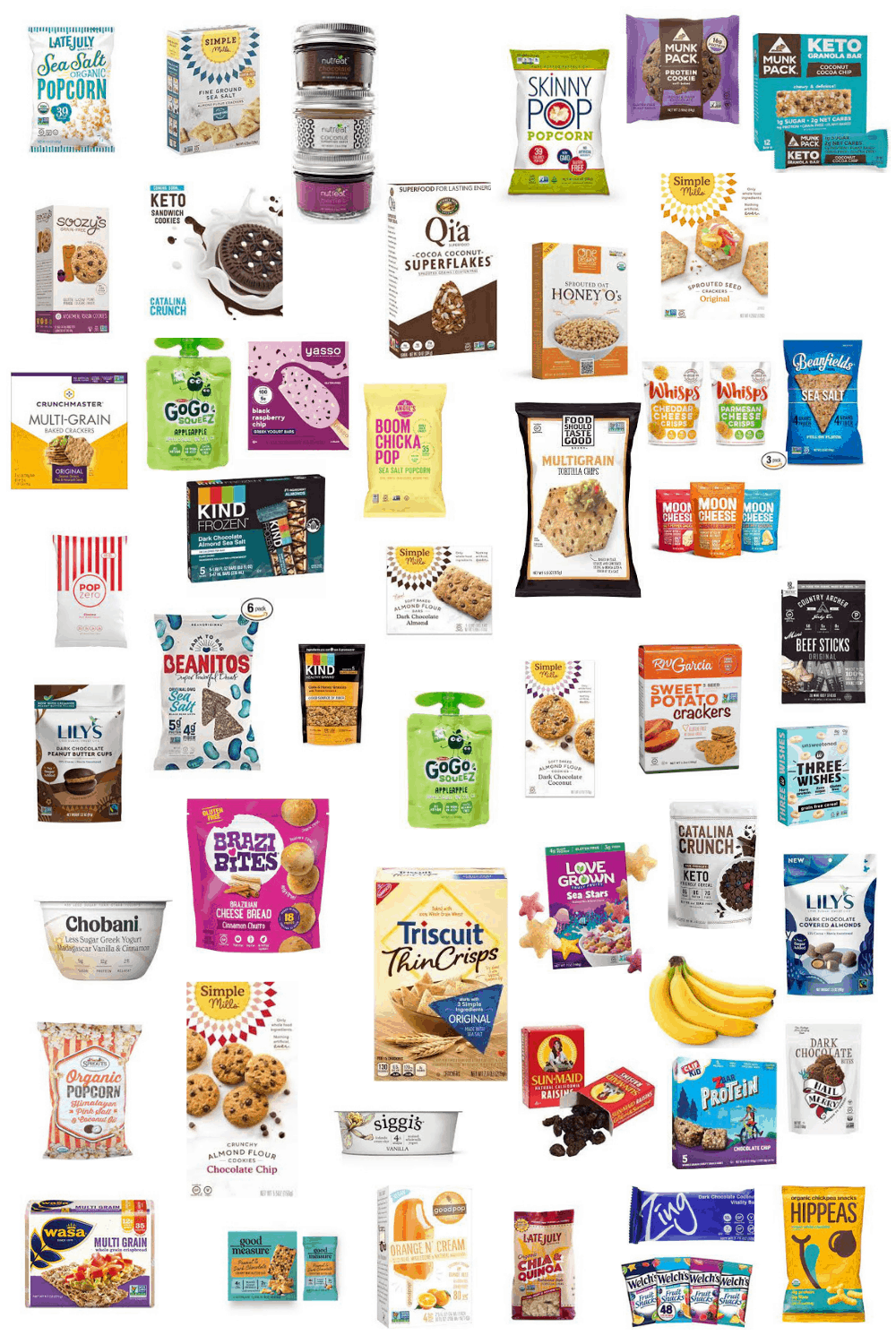Glycemic Index For Triscuit Crackers
- Glycemic Index For Triscuit Crackers Nutrition
- Glycemic Index For Triscuit Crackers Recipe
- Are Triscuit Crackers Ok For Diabetics
- Glycemic Index For Triscuit Crackers For Sale
By: Tricia Young RD – Registered Dietitian
Triscuit Hint of Salt Crackers. 6 crackers (28g) Log food: Triscuit Rosemary & Olive Oil Crackers. 6 crackers (28g) Log food: Triscuit Roasted Garlic Crackers. 6 crackers (28g) Log food: Triscuit Avocado, Cilantro & Lime Crackers. 6 crackers (28g) Log food: Triscuit Garden Herb Crackers. 6 crackers (28g) Log food: A Healthier You Starts Today. Triscuit Reduced Fat Whole Grain Wheat Crackers offer the delicious goodness of the original, but with less fat. These reduced fat crackers start with three simple ingredients, 100% whole grain wheat, oil, and salt, for wholesome, delicious flavor. Classic square crackers with a woven texture deliver a refined snacking option.

The glycemic index is a measure of how quickly a food causes our blood sugar levels to rise.

The glycemic index ranks food on a scale of zero to 100. Foods with a high glycemic index (GI) are quickly digested and absorbed, causing a rapid rise in blood sugar. Examples of these foods would be cake, juices, non-diet sports drinks such as Gatorade, white breads and cookies, to name a few. These foods tend to have less fiber. One example is a saltine, which would have a higher Glycemic index than a Triscuit as a Triscuit has a high fiber content. Think of your stomach like a machine and the less fiber and protein that a food contains, the easier a carbohydrate breaks down in one’s stomach. This results in quicker rise in your blood sugars.
Fiber and protein take longer to break down in your stomach causing a slower rate of sugar entering your bloodstream. Carbohydrates without fiber or protein are very easily digested and the sugar enters the bloodstream very quickly. This causes an immediate high insulin response.
The goal is to maintain a consistent blood sugar levels throughout the day versus highs and lows all day long. Unstable blood sugar levels usually result in weight gain, mood changes and may affect overall health and contribute to diabetes in the future.

It is OK to eat carbohydrates as 50 percent of your calories per day should be carbohydrates? The key is to eat carbohydrates high in fiber or along with protein to avoid high blood sugars and an immediate insulin response. High fiber foods take longer to digest so you stay full longer.
Foods that rank high on the GI scale are often high in processed carbohydrates and sugars. Pretzels, for example, have a glycemic index of 83; and a baked potato without skin is ranked at 98.
Meanwhile, foods with a low GI are digested and absorbed at a slower rate and result in a slower rise in blood sugar levels. Examples of these include apples with a glycemic index of 28, Greek-style yogurt at 11, and peanuts at 7. Keep in mind that a low GI doesn’t mean a food is high in nutrients. You still need to choose healthy foods from all five food groups.

Diets centered on mostly low-GI foods can make it easier to achieve and maintain a healthy weight, since these foods keep us feeling fuller, longer. Low-GI diets also have been shown to improve insulin resistance, and lower glucose, cholesterol and triglyceride levels in people with type 2 diabetes.
A couple exceptions to the recommendation of a mostly low-GI diet is after intense or prolonged exercise. Consuming high glycemic foods can actually be more beneficial for muscle recovery or for diabetic with dangerously low blood sugars as they’re rapidly digested.
A food’s GI ranking only applies when a food is consumed on an empty stomach without any other type of food.
Add a lean steak or a piece of chicken, a side of broccoli and a salad with vinaigrette, and the protein, fiber and fat all will serve to lower the glycemic index of the meal.

The glycemic index can be a useful tool to identify lower-glycemic foods that often are more nutrient-dense, as well as what foods are higher in refined carbohydrates.
Click the following link for a glycemic index food chart.
For a nutrition consultation, contact me. Most insurances are accepted.